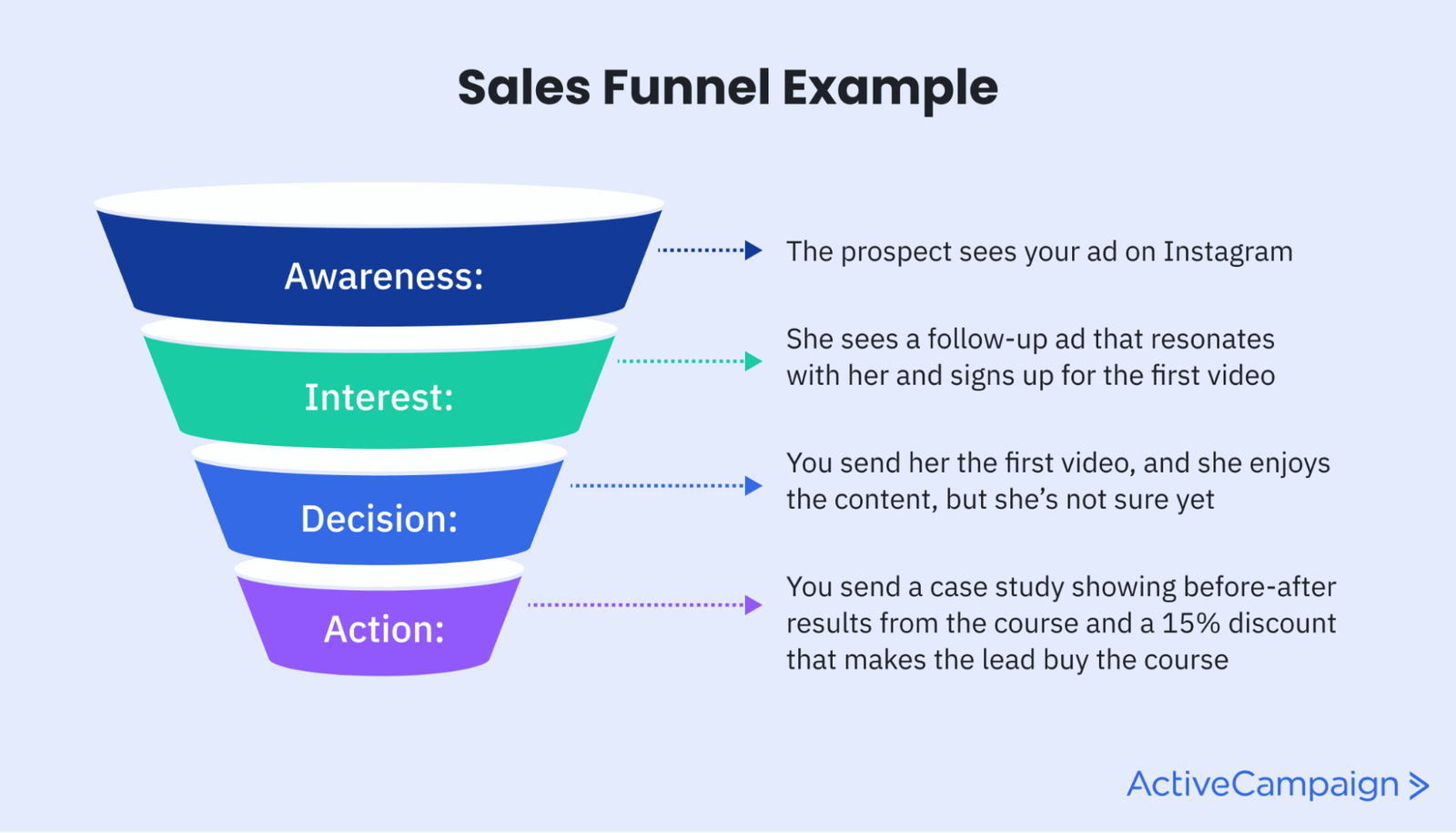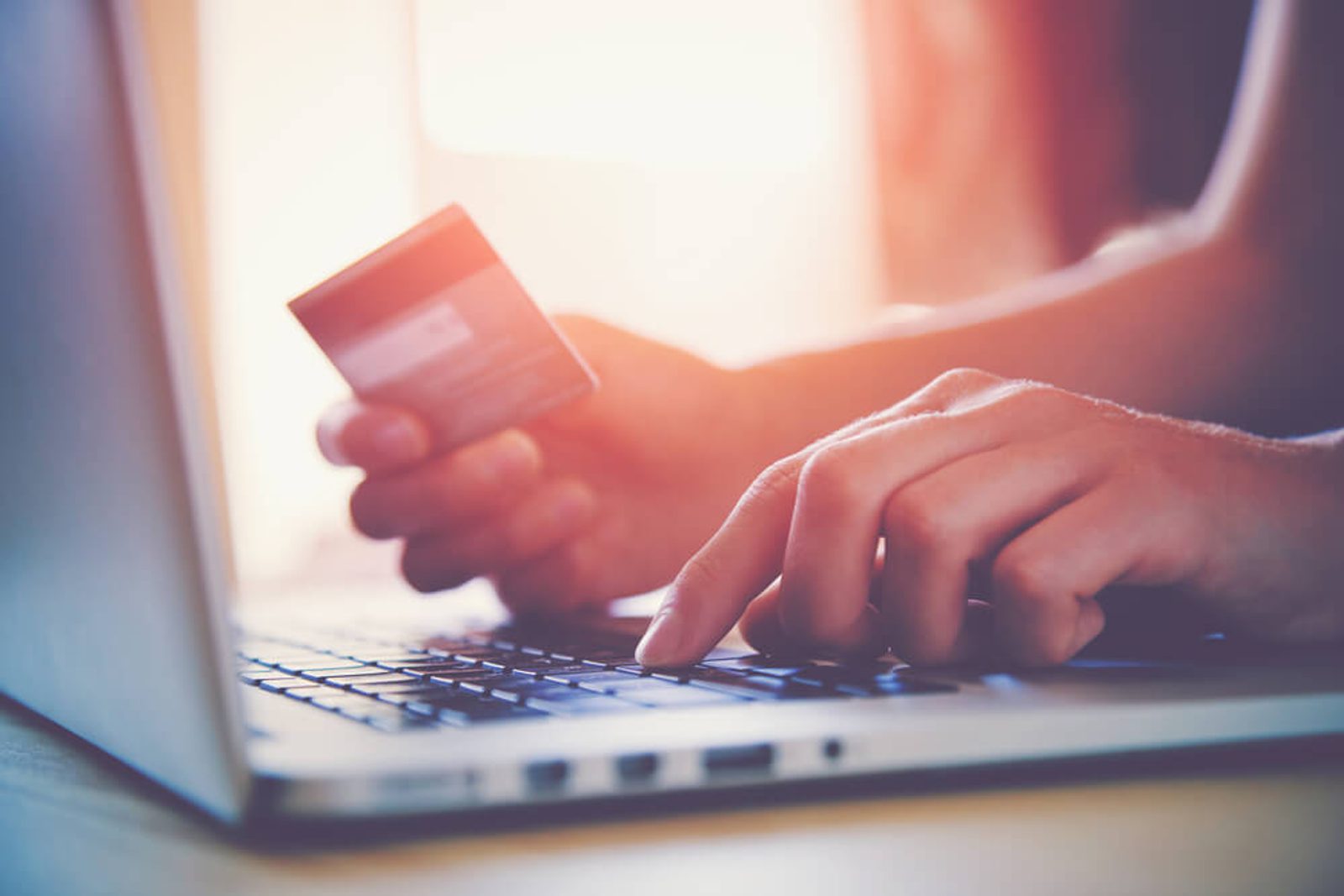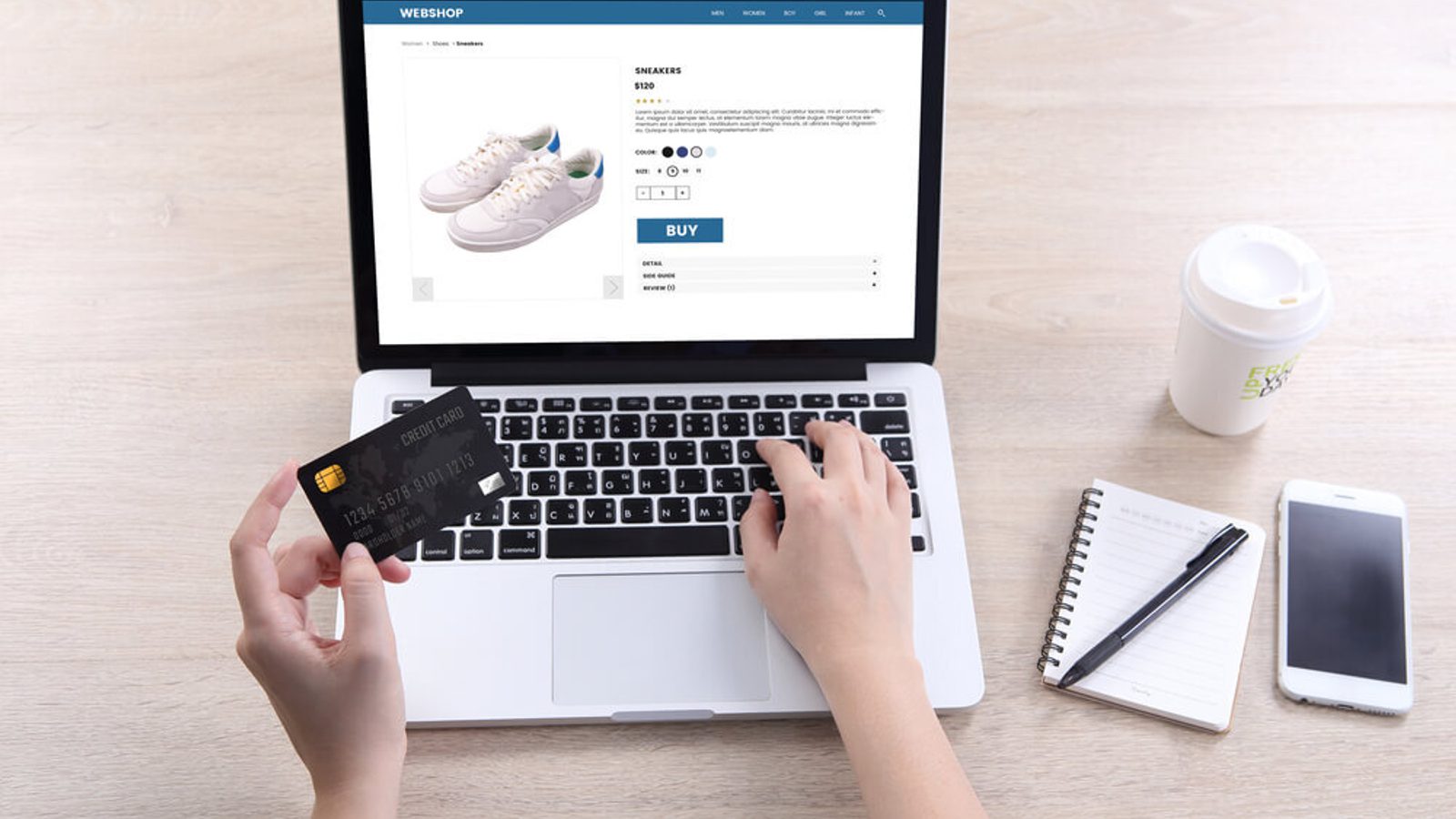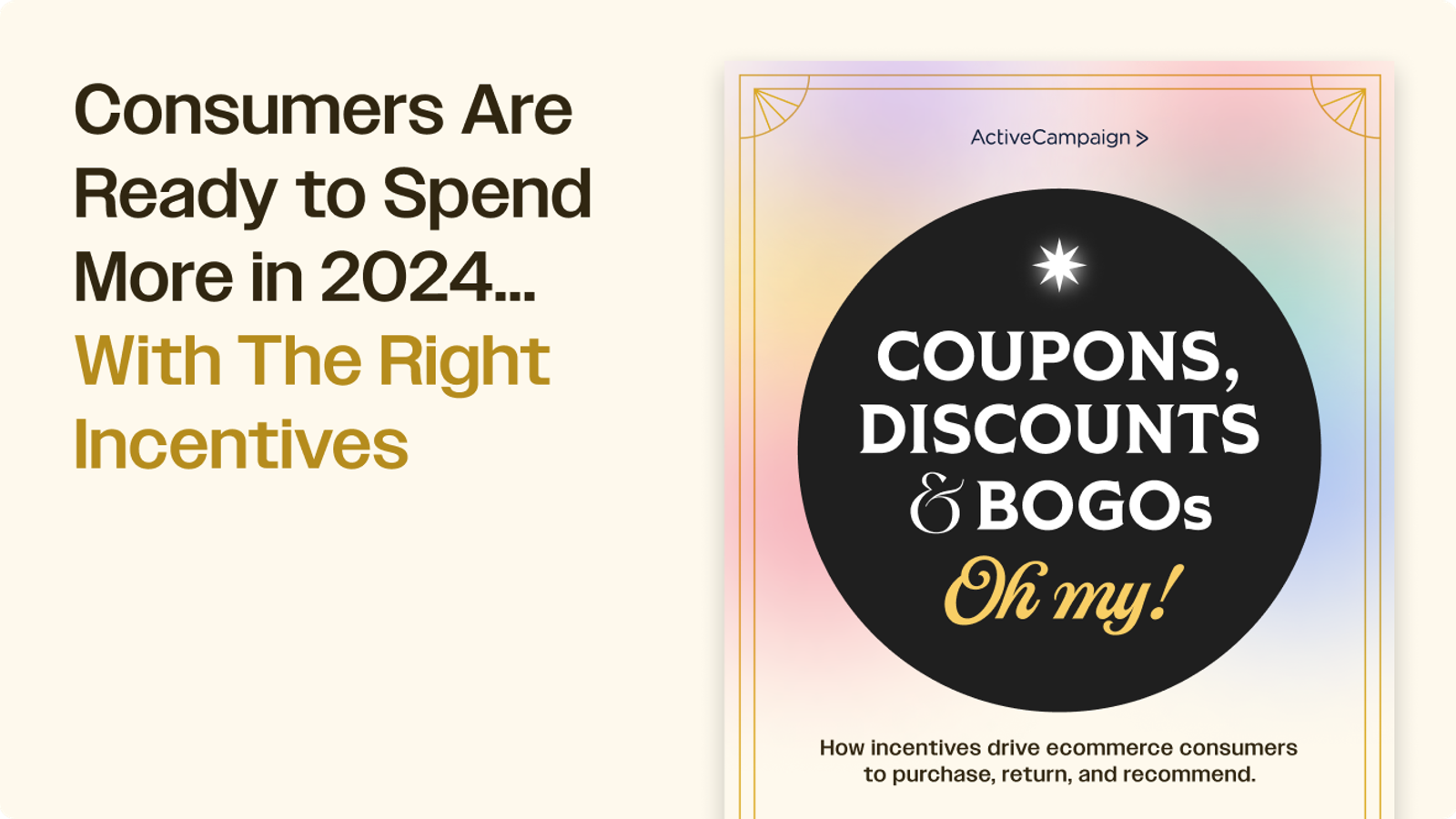Structuring a sales funnel for e-commerce requires planning and organization. Generally, this helps create a successful online store able to communicate with their customer base at all stages of the journey.
But what is a sales funnel, exactly? And, more importantly, how can you ensure your e-commerce funnel is efficient and effective?
In this post, we'll answer these and other questions, as well as provide tips for optimizing your sales funnel for e-commerce.
If you want to take your online store to the next level, keep reading to learn more!
What is a sales funnel in e‑commerce, and what is its goal?
The sales funnel is a methodology used to understand how the purchase journey works and implement effective and segmented e-commerce sales campaigns.
In other words, it’s a strategy that takes into account all the steps involved in a purchase, from the moment people learn about the product to when they make a purchase and even after the sale.
The goal of the sales funnel in e-commerce is to provide a realistic structure for capturing and nurturing leads, that is, to facilitate the creation of approaches that take into account what stage of purchase each person on your contact list is in.
In short, the sales funnel in e-commerce is a technique that aims to improve the campaigns and interactions of your company at each point of contact with the customer.
What are the stages of the sales funnel in e‑commerce?
Here are all the stages of the sales funnel in e-commerce:

Top of the funnel—Awareness
The top of the funnel represents those still discovering a need or problem to be solved, also known as the awareness stage.
At the top of the funnel, you should spark interest and awareness. Before diving deeper into your product, they need to know your brand. Identifying the right traffic source to concentrate on will play a pivotal role.
Your job at this stage is to educate and offer content that showcases the benefits of your products and how they can solve the problem your potential customer has.
You can create lead magnets, such as white pages, ebooks, or infographics, to start building trust. During the awareness stage, you’ll mostly use social networks, paid traffic, influencer marketing, content marketing, and SEO.
The goal is to gradually increase your contacts and create a personalized and effective email marketing campaign for the rest of the e-commerce funnel.
Middle of the funnel—Interest
The middle of the sales funnel is where your leads recognize their problem and are considering a solution, which means it's time for you to start showing up as an option.
In the middle of the funnel, people are looking for a way to solve their needs, so you should concentrate on helping them with tips, directions, and techniques.
Lead magnets also work well in this stage, but remember, it’s not time to directly sell your solution yet. You should create content that prepares leads for purchasing, leaving them ready to choose your brand as soon as they enter the bottom of the funnel.
Use tools such as site tracking to identify people who are visiting product pages and identify engagement opportunities for abandoned carts.
Funnel bottom—Decision & Action
Finally, at the bottom of the e-commerce sales funnel, you’ll focus on turning leads into customers. These potential customers are ready to receive coupons or alerts about the products they are interested in.
This is the time for you to make the sale. At this point, the chances of success are higher because you’ve built trust and shown yourself as an authority in your industry.
The sales funnel closes when people make the purchase and become customers, but there is still another stage: the action stage.

After the sale
Unlike the traditional sales funnel, the action stage is inverted and has the narrowest top and the widest base.
This strategy seeks to increase the number of satisfied and loyal customers, pushing them through the following steps:
- Adoption: When the person begins to use the product effectively.
- Retention: Refers to the support offered to the customer so that they can make the most of your product as a solution.
- Expansion: This is the moment when your company offers follow-up products.
- Defense: Once you have built the trust and loyalty of a customer, they become your brand advocate, spreading the word of your product to their network, friends, and family.
How to set up a sales funnel for e‑commerce

Your sales funnel should be structured in a way that targets as many potential leads as possible, highlighting the advantages of buying from you without directly selling to them.
There are several ways to do this, through channels such as social networks, email marketing, email marketing, and more.
To convince leads that your online store is the best option, you need to build a relationship with your audience.
For this, you can use inbound marketing strategies, nurturing your contact base until they become customers.
Setting up your sales funnel for e-commerce consists of 3 basic steps:
- Understand your audience's buying behavior
- Define the stages of your e-commerce sales funnel
- Track, analyze, and adapt
Let's understand each of the steps in more detail.
1. Understand your audience's buying behavior
Here, you can (and should) study and understand who your target audience is. This will help you identify opportunities to expand your business.
For example, if you sell stationery products like notebooks, calendars, and pens, your next set of products might include backpacks and purses. Depending on your audience, you can focus on children's items, sustainable fabrics, or anything else that makes sense for your business.
To better understand how your audience buys, ask yourself:
- How do people find your online store?
- How do users explore your store, i.e., what pages do they visit?
- What products do people view and buy?
- Is there a sticking point in the journey that you've already identified?
- How do people complete their purchase? Do they buy immediately or leave products in their cart?
- What is the post-purchase experience? How do you communicate with people at this stage?
With this information, your company can create an effective e-commerce sales funnel customized for your business.
2. Define your e-commerce sales funnel stages
You already saw the main stages of the e-commerce funnel in the previous section. However, you have the flexibility to define what actions you will take at each stage to encourage interested people to buy your products. This is why it’s so important to understand your target audience.
Look over the different strategies and pick the ones that make sense for each stage of the funnel. Here are a few content suggestions that might work for your e-commerce business:
Top of funnel
- Informative blog posts
- Infographics
- Social media posts
- Short videos
Middle of the funnel
- Informational and commercial blog posts
- Product Reviews
- Videos
- Podcasts
Bottom of the funnel
- Landing pages dedicated to specific products or offers
- Newsletters
- Social proof
- Promotional emails
- Community posts
Aftermarket
- Follow-up via email or SMS
- Offer similar or complementary products
3. Track, analyze, and adapt
A data-driven approach is essential to track, analyze, and adapt your e-commerce sales funnel. Use features like site tracking and tools like Google Analytics to monitor visitor behavior in your online store.
Also, track shopping cart abandonment to identify critical points of friction. Based on this information, you can identify areas for improvement and make informed decisions.
Continuous analysis is key. Take the time to review your data and look for trends regularly. Identify customer behavior patterns, such as seasonality, product preferences, and recurring buying patterns.
Based on these insights, tailor your marketing strategies, optimize product pages, simplify the payment process, and test different approaches to improve conversion rates.
Experiment and adjust as needed to ensure your e-commerce funnel is optimized to meet your evolving customer needs and maximize sales.
Marketing automation in the e‑commerce sales pipeline
Marketing automation plays a pivotal role in optimizing your e-commerce sales funnel, enabling more efficient and personalized engagement with customers at every stage of the purchase journey.
Here are a few ways to leverage e-commerce marketing automation platform in your sales funnel:
Email automation: Use automated email campaigns to nurture leads and prospects. This includes sending welcome emails, abandoned cart reminders, post-purchase follow-ups, product recommendations based on purchase history, and more. Email automation can be customized based on customer behavior, effectively guiding them from the awareness stage to the consideration stage. Crafting compelling subject lines is crucial for the success of email automation.
Customer segmentation: Segment your contact list based on criteria such as purchase history (behavioral targeting), product preferences, geographic location (demographic targeting), and more. This enables you to send highly targeted and relevant messages to each segment, increasing conversion opportunities.
Remarketing: Also known as retargeting, this approach uses automation to track potential buyers who abandoned their shopping cart or visited your website but didn’t purchase anything. Remarketing then displays relevant ads on other websites or social media to help remind them of the product they were considering.
Social media automation: Schedule posts to promote products, special offers, and relevant content tailored to each stage of the funnel on your social media platforms. This keeps your follower base engaged and informed.
Lead scoring: Implement an automated lead scoring system to categorize prospective customers based on their interest and readiness to purchase. This lets you focus your marketing efforts on the hottest opportunities, i.e., those most likely to convert.
Chatbot integration: Integrate chatbots into your website to provide instant answers to frequently asked questions from customers, offer assistance while browsing, and even collect email addresses for future marketing interactions.
Data analytics automation: Employ automation tools to gather and analyze customer behavior data in real-time, helping you make immediate strategic adjustments. This allows for quick adjustments to marketing strategies based on valuable insights from real-time data.
Automated feedback: After purchase, create an automation that sends customer satisfaction surveys and product review requests. This helps you gain valuable feedback to improve the customer experience, build a solid reputation, and enhance your CLV (customer lifetime value).
While these strategies can help you grow your business, it’s important to remember that marketing automation should enhance rather than intrude upon the customer experience. Regularly track results and adjust your strategies based on the data you collect to ensure continued success in your e-commerce sales funnel. Consider implementing a loyalty program to enhance customer retention further.
Click here for a list of the best e-commerce platforms.
7 tips to make the customer journey more optimized
We can't discuss e-commerce businesses without considering the entire customer journey and e-commerce funnel. Therefore, we have selected 7 tips to optimize your customer journey.
Optimize your product page
If you have an e-commerce business, optimizing your product pages is one of the best ways to improve the user experience and customer journey.
Focus on providing fundamental and relevant information about your products, showcasing how your brand can meet the customer's needs, and offering data and product details that enhance the shopping experience and lead them to purchase. Prioritize maintaining a responsive and organized design and ensure the use of authentic product images captured from multiple angles for a visual representation.
You should also create a catchy and informative headline, highlight the product's price, craft a compelling product description, and give details on the delivery process and return policy. Another consideration is using exit-intent popups to capture email addresses before visitors leave.
Finally, ensure the 'buy' or 'add to cart' button is prominently displayed and easy to find.
Improve shopping cart and checkout
Moving on to the shopping cart, it's crucial to aim for simplicity by clearly identifying products by their titles, descriptions, vivid images, and prices.
When finalizing the checkout process, aim to simplify the process by only asking for the necessary information.
To help push customers on the fence, showcase user-generated content, such as customer testimonials and positive reviews from previous buyers, to validate their choice in buying your products.
Here are a few strategies to consider:
- Transparent checkout: Ensure that customers can complete their purchases directly on your site without being redirected to external pages for payment options, thereby minimizing drop-offs and lowering your cart abandonment rate
- Quick checkout: Keep an eye on your page's server, design, plugins, and other features to ensure fast loading and responsive design.
- Checkout and post-sale: After a purchase, express gratitude and provide order details by sending a confirmation email outlining product information, shipping methods, and payment options. This will ensure happy customers by giving them all the necessary information.
Pay attention to the right time to offer your content
Shifting focus to content delivery, it's important to recognize that one of the core principles of inbound marketing is strategically timing when to present your content.
Inbound is a non-invasive methodology that offers content to those who have already shown interest in your product or service.
A prime example of inbound marketing is newsletters, which may include ads subscribers have actively chosen to receive.
With marketing automation software, you can implement data analytics strategies that help you track which stage of the sales funnel a lead is in.
This helps improve decision-making at every stage and allows you to send personalized, segmented messages for each type of audience.
And now allow us to offer our content. Click here to download our free e-commerce calendar that will help you plan powerful holiday campaigns ahead of time.
Improve post-sale experience
Let's delve into the post-sale process, a critical phase that extends beyond the initial purchase and presents an opportunity for you to nurture and solidify relationships through personalized service.
Every customer seeks acknowledgment and a sense of importance. To truly win people over, investing in the customer experience is paramount. Take inspiration from companies like Zappos and Amazon, celebrated for turning the post-sale process into an art form. By prioritizing customer satisfaction, addressing concerns proactively, and ensuring a seamless return and exchange process, they foster brand loyalty and turn customers into advocates.
This is achieved through personalized outreach, such as tailored emails soliciting feedback about the shopping experience or through your customer service channels. A sales CRM platform is essential for this stage.
By strategically leveraging a sales CRM, you empower your team with instant access to each customer's history, enabling faster, more personalized, and humanized service. This attention to detail in the post-sale phase ensures not just a successful transaction but a lasting relationship that encourages repeat business.
Want to really wow your customers? Check our a list of the most powerful e-commerce trends you can use to engage with your audience and drive revenue.
Ask for feedback
The best way to optimize your operation and your service is by contacting people who have already shopped with you to ask for insight into their experience.
You can initiate this contact through email, sharing a feedback form with qualitative and quantitative questions for you to review.
Once you have their feedback, you can analyze what is working and what points can be improved and create an unforgettable experience.
Invest in privacy and security
Ensuring compliance with regulations, such as the General Data Protection Law (LGPD), is essential at every stage of the customer journey. By diligently safeguarding user data and minimizing the risk of breaches, you can avoid the penalties and fines imposed on those who fail to adhere to legal requirements.
Investing in cybersecurity and data privacy goes beyond mere compliance; it's about safeguarding your customers' trust and ensuring the sanctity of their information. For instance, consider the proactive measures taken by online retailers who have implemented end-to-end encryption and multi-factor authentication to protect customer data. These initiatives not only fortify the security landscape but also elevate the company's image.
By investing in robust cybersecurity measures, your company signals a strong commitment to data privacy. Regular security audits, adherence to protocols like SSL (Secure Socket Layer), and compliance with data protection standards reinforce this commitment. In doing so, your company is seen not just as a retailer but as a trusted guardian of customer information.
Do A/B testing
To further refine your e-commerce marketing strategies, A/B testing is an invaluable tool that enables the creation of truly effective campaigns that can boost sales.
Here's how it works: Let's say you're enhancing your e-commerce sales funnel and want to determine which type of exit-intent popup will encourage more potential buyers to provide their email addresses. You create two variations: one popup displays a sense of urgency with a message like "Sign up now to get 20% off your first purchase!" and the other presents a straightforward message like "Stay informed about our latest products. Subscribe to our newsletter!". To determine the most effective approach, you implement an A/B test.
You divide a segment of your website visitors into two groups to identify your target audience: one group encounters the urgent message, and the other sees the straightforward one. After a designated period, you assess the data to determine which popup has a higher conversion rate.
Based on this choice, you roll out the more successful popup version to the rest of your site visitors, ensuring you're optimizing the opportunity to capture email addresses and enhance the shopping experience.
Conclusion
Navigating the nuances of the e-commerce sales funnel and the conversion funnel is a strategic move that can transform your online business into a more efficient and profitable venture. It's about crafting a seamless shopping experience that gracefully guides potential buyers from the initial awareness stage to the pivotal conversion stage.
Among the myriad of tools available, ActiveCampaign stands out as a valuable ally. It offers a suite of marketing automations and e-commerce integrations tailored to elevate your business. With ActiveCampaign, you can effortlessly design targeted email campaigns with compelling subject lines, implement timely exit-intent popups to capture email addresses, and integrate user-generated content such as authentic customer testimonials.
ActiveCampaign enables you to communicate the right message at the right time, fostering a sense of connection and urgency when necessary. It's about skillfully guiding your target audience through the sales pipeline, aiming to exceed the average conversion rate while maximizing customer lifetime value. In doing so, you're not just driving sales but also cultivating a community of satisfied and loyal customers.








